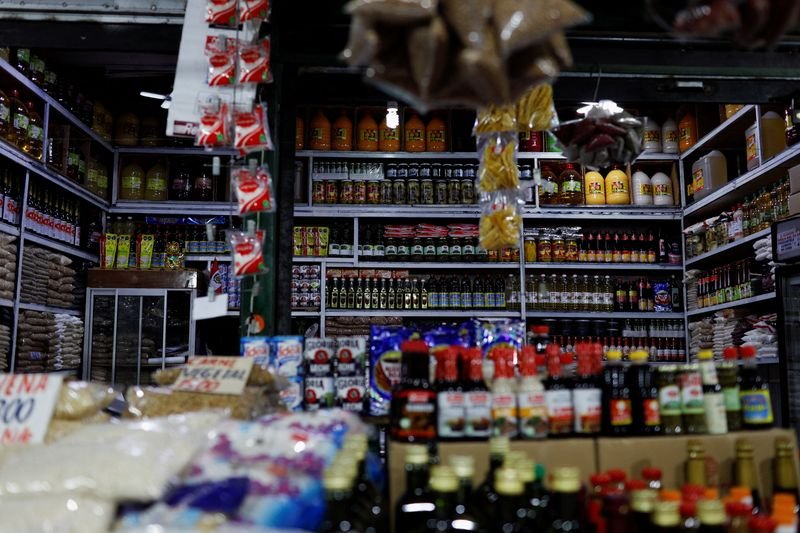Chile’s Inflation Exceeds Expectations, Raising Questions on Interest Rate Cuts
Chile is currently experiencing an inflation rate that has surpassed initial projections, which has sparked uncertainty regarding the future of interest rate reductions in the country. This unexpected rise in inflation is causing policymakers and economists to reevaluate their strategies moving forward.
Rising Inflation in Chile
Recent reports indicate that Chile’s inflation has significantly exceeded forecasts. This surge comes as a surprise to many, particularly given the various measures in place aimed at controlling price increases. Factors contributing to this inflation rise include persistent supply chain disruptions and increased global commodity prices.
Implications for Monetary Policy
The unexpected inflation trends are making it increasingly difficult for the Chilean central bank to implement planned interest rate cuts. While lower rates can stimulate economic activity, the current inflationary pressures may warrant a more cautious approach. Economists are divided on the best path forward, with some arguing that the bank should reconsider its stance on cutting rates, while others believe that a gradual approach is necessary.
Contributing Factors to Inflation
Several key factors are fueling Chile’s inflation. Firstly, supply chain issues remain a significant challenge, affecting various sectors across the economy. The recovery from the pandemic has been uneven, and disruptions continue to obstruct the flow of goods. Additionally, rising international commodity prices are influencing domestic costs, exacerbating the situation further.
Another contributing element is the robust demand for goods and services as consumers continue to regain confidence. This demand, paired with limited supply, creates upward pressure on prices, leading to higher inflation.
Economic Outlook
The economic outlook for Chile is closely tied to its inflation trajectory. If inflation continues to exceed expectations, it may force the central bank to adopt a more restrictive monetary policy. This could impact economic growth as higher interest rates generally lead to decreased consumer spending and business investment.
Conversely, if inflation stabilizes, there may be room for rate cuts in the future, promoting economic growth. Thus, the economic environment remains fluid, with various external and internal factors influencing the trajectory of inflation and monetary policy.
Public Sentiment
Public sentiment towards inflation is shifting as consumers feel the pinch of rising prices. Many are adjusting their spending habits, seeking to prioritize essential goods over non-essential items. This behavioral change could impact economic growth in the short term, as decreased consumer spending may lead to a slowdown in overall economic activity.
The Role of the Central Bank
The central bank is faced with the challenge of navigating this complex economic landscape. Policymakers must carefully consider how their actions will influence both inflation and economic growth. While some analysts advocate for immediate rate hikes to combat inflation, others suggest that a more measured approach may yield better long-term results.
The central bank has emphasized its commitment to maintaining price stability, which will be crucial in preserving public confidence. As decisions are made, transparency and clear communication from policymakers will be key in managing expectations and guiding economic behavior.
International Comparisons
Chile is not alone in grappling with rising inflation; many countries worldwide are facing similar challenges. Global supply chains are still in the process of recovering, and economic conditions vary significantly between regions. Comparing Chile’s situation to other economies can provide valuable insights into potential solutions and strategies for inflation management.
By observing how other nations manage their inflation rates, Chile can learn from both successes and failures. This comparative analysis may ultimately guide the central bank’s approach to interest rates and monetary policy in the coming months.
Conclusion
Chile’s inflation situation presents a multifaceted challenge requiring careful navigation. With pressures from both domestic and international fronts, the central bank and policymakers must remain vigilant in their response. Understanding these dynamics will be crucial for all stakeholders as they work to foster a stable economic environment in Chile.
